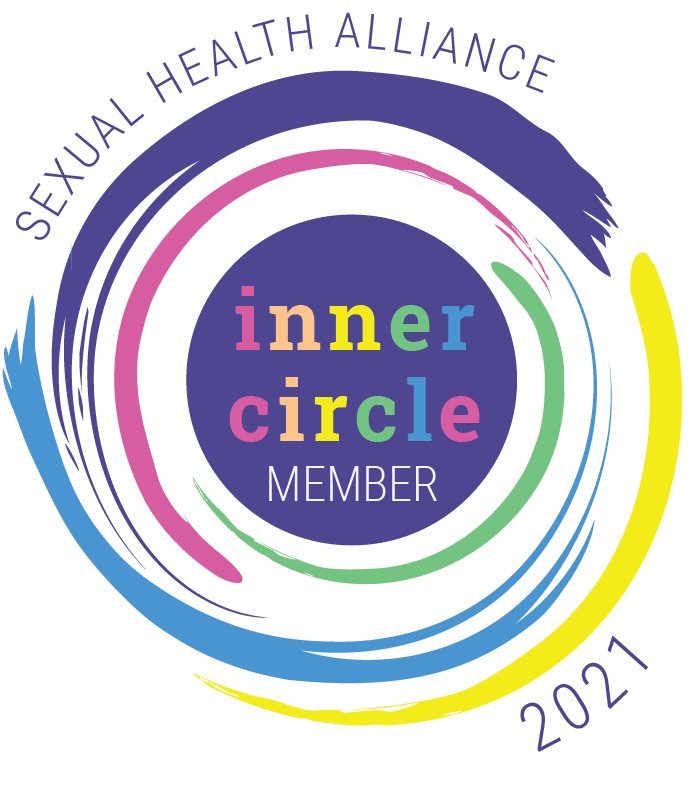Getting Unstuck
9 nervous system strategies to get you up from your funk or down from your angst.
I've spent the past few weeks hitting a wall on how to introduce this list. Lists are supposed to make things easy and digestible, right? Isn't that the whole point of blogs like this? Sure, but I can't just fling a list out there without some kind of explanation, right? Here, we find my dilemma: Too little information inspires me to take a deep dive into all the cool information about functional integration of the different parts of the brain, and wow... too deep, too much, and definitely NOT easy or digestible on a quick snack break. So, I shut down and the post just sits in drafts. Wait, what?
I. Shut. Down.
Oh! I shut down! THIS is what this post is about. It's about regulating our autonomic nervous system when we get either overly anxious (or angry or otherwise stuck or activated in high gear) OR when we shut down, numb out, and get stuck in a funk. And, like I said, I've been shutting down every time I've sat down to write because, why? Because I've gotten overwhelmed about how to present this amazingly rad (does anyone still say rad anymore?) and helpful stuff to the world. Of course, my example experience here is small (like microscopic) potatoes compared to a nervous system response in the context of more significant stressors and trauma, but it still serves our purpose.
So, here you go. This is a list of some options for self-soothing via the autonomic nervous system. These strategies, especially if used routinely, can be utilized to help down-regulate an overactive sympathetic nervous system response (fight/flight/freeze/fawn; anger/anxiety/reactivity) as well as up-regulate from a parasympathetic shutdown (numbness/collapse/exhaustion) if/when either one outlives or is out of proportion with its function.
**You'll notice reference to the vagus nerve in a lot of these strategies. That's because it has been suggested that the vagus is a primary "component of the parasympathetic branch of the nervous system... the architect of safety." Update: It is relevant to note that there is also plenty of controversy around Polyvagal Theory, the notion of a phylogenetic hierarchy of the vagal system, and potential overemphasis on the role of the vagus nerve in our stress response. With that in mind, I hope to simply reiterate that these are presented as potentially helpful tools, rather than cure-alls.
- Cold stimulation can help decrease an overactive sympathetic response and increase "rest and digest" parasympathetic activity by slowing down breathing and heart rate. Strategy: Dip your face in a large bowl of ice water for 10-15 seconds for several rounds (taking a good, controlled breath between rounds!), until your nervous system has settled. This method simulates the "dive reflex" to conserve energy, thereby shutting down or limiting energy-heavy sympathetic anxiety. Evidence also shows improved heart rate variability via rounds of cold stimulation to the lateral neck region.
- Humming/singing/chanting (or even gargling!) naturally slows and controls breathing, which sends a signal of safety to brain. Muscles used that are situated in the back of the throat are connected to the vagus nerve, thereby increasing vagal activity to stimulate a parasympathetic response, deactivating threat-detecting structures in the sympathetic nervous system.
- Laughter: Similar to humming, singing, and chanting, laughter changes the cadence of your breathing in a soothing way, and studies have indicated that it also has potential to reduce long-term anxiety symptoms. So pop on your favorite comedy, tell yourself your favorite joke, or find your favorite animal/baby/blooper videos and get to cackling, chuckling, giggling, and chortling.
- Mindfulness practice/meditation helps integrate different regions of the brain, allowing older and newer structures to communicate more effectively for better emotional regulation and grounding, as well as a clearer sense of self. Integration of the left and right hemispheres through bilateral stimulation, balance practices, and even visualization, has also been implicated in improved neuroplasticity, connectivity, and efficiency of brain functions including but not limited to emotional regulation, attention, and creativity.
- Attuning with others/co-regulation: Biologically, we are wired for interdependence and community, so even taking a moment to think about loved ones--those with whom you feel safe, seen, understood, soothed, and secure-- can invite a parasympathetic response. If you aren't able to identify safe humans in your life right now, cherished pets (mammals in particular) can also initiate a sense of calm and safety.
- Hugging: See attuning, and add oxytocin, which is also known as the "love hormone" that is released in the context of positive social interaction and/or safe, nurturing, consensual touch.
- Breathing exercises: Diaphragmatic (slow, deep) breathing has been utilized for millennia and has been proven to be an effective tool for stimulating the vagus nerve, increasing heart rate variability, and regulating the sympathetic stress response. CAVEAT: It has also been argued that for some individuals who are not yet accustomed to relaxing the diaphragm, diving into deep breathing exercises may actually trigger an increased sympathetic response. So, start slowly by simply noticing the rise and fall of your chest and/or stomach; from there you may choose to simply follow your breath, passively observing it without forcing anything.
- Eye movement exercises. The intention is to release suboccipital muscles which may compress the vagus nerve, thereby limiting vagal activity.
- Neck stretches with opposite gaze: Looking straight ahead, gently pull your head to the right (don't strain), then shift only your eyes to the left and up. Hold for about 60 seconds; a sigh or a swallow may indicate release. Switch sides and repeat with head to the left, eyes to the right and up.
- Chair twist with gaze behind you: Sitting up straight in a chair, legs uncrossed, use either your own thigh or the chair to gently twist your upper body and turn your head and shift your eyes to gaze behind you. Switch sides and repeat.
- Oculocardiac convergence: Hold a pencil or small object about 4 to 6 inches in front of your face. Allow your eyes to focus on this object for about 20 to 30 seconds. Shift your focus to look off in the distance for about 20 to 30 seconds. Continue back and forth for about 4 cycles and then softly relax your eyes.
- Ear massage, including gentle tugs, to connect with the upper part of the vagus nerve.
Go forth and be regulated! And, if you're having a hard time, you're not alone, and there are helpful resources out there. I'm one of them! Or, if you already know me or I'm not the right fit for you, you can always shop around via
Psychology Today,
Therapy Den, or
Inclusive Therapists. Life isn't always easy, and neither is emotional and response regulation.





